Children are supposed to grow up having fun, not work to death. While allowing children to work, and teaching them meaningful life lessons can be a good thing, it is another story though putting the kids in harm’s way by allowing them to do dangerous jobs. Unfortunately, our own history is full of children endangering themselves just to make a living. Let’s analyze several of the hazardous jobs that children have done through history. These jobs were so unsafe that even a grown man would have issues with them.
Mudlarks
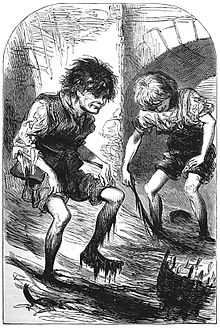
As London became progressively more urbanized throughout the Industrial Revolution, as well the Victorian Era, garbage, and waste reached heights of dumbfounding proportions.
It was this trash that poor children used as a way to survive. These little scavengers endured by collecting anything of value that would wind up in the River Thames.
They normally waited for the low tide before they went through the mud to sort out the trash, hence the name. Mudlarks were usually young boys, though it was not an odd sight to see old women and young girls in the mud as well.
It was a back-breaking job with little payoff for it, on a good day a mudlark would hope to find surplus wood, iron pieces, and coal. Uncovering jewels or anything actually valuable was rare.
Mudlarks frequently had to contend with toshers; these were men that scavenged sewers. As the trash went through the sewers initially, the toshers had a better chance of finding jewelry and other precious trinkets than the mudlarks.
As well as being short changed by toshers, they also had to tread cautiously, because receiving even a small wound while going through the filthy mud was a positive death sentence. In addition, they at all times had to watch out for tides. A tiny miscalculation meant that they could be washed away by the rising water in just a moment.
Newsies
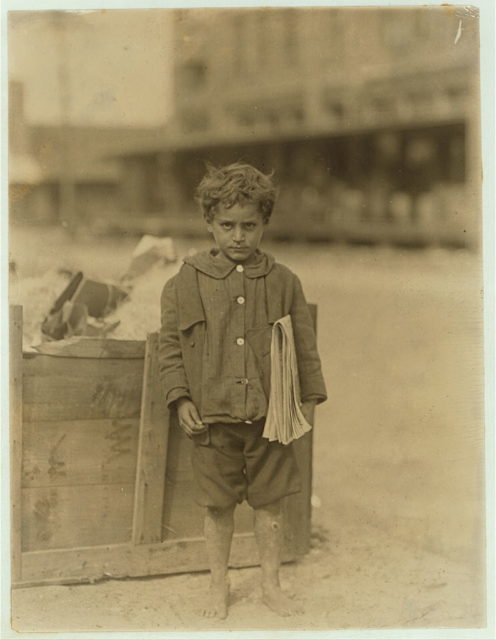
Contrary to popular belief, newspaper boys, otherwise known as newsies, did not have a song and dance lifestyle that the media oftentimes represents.
Throughout the 1890s, and the later years leading up to the Spanish-America War, the increasingly popular newspaper business lead to exponential growth of a number of newsies out on the streets. Hooked by the promise of earning an easy buck, countless young boys (sometimes a few girls) turned to buying newspapers in mass from various publications, and marketing them individually to clients for a larger profit.
On the way, newsies had to contend with countless dangers in selling their goods, sometimes having brawls to compete with other newsies for the good spots on the streets. Even though most of the newsies lived with their families, some of the less unfortunate ones had to sleep on their newspapers outside. A couple of the boys also became well acquainted with the criminal underworld and served as informers and as the middleman.
One of the most dangerous things newsies did was “flipping”, or leaping onto trams for free transportation. As one could imagine, some fell onto the railway and ended up with crushed limbs. It was not entirely an awful ending, several of the newsies utilized their disabilities to earn more sales from sympathetic buyers.
Rat Catchers
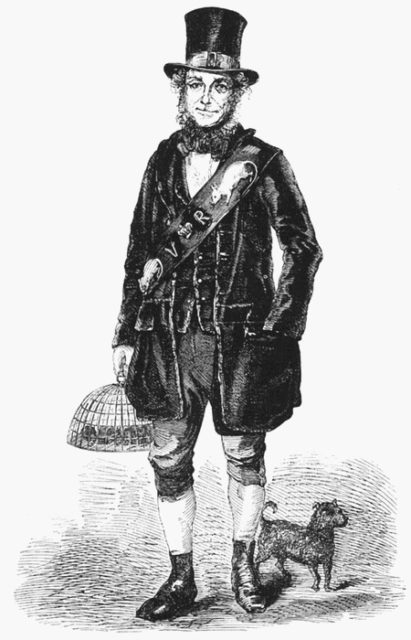
The growing amount of trash was not the only plague besetting the people of leading cities in the 19th century. As always, the piles of garbage became the perfect breeding ground for rats, which in turn became the sole livelihood for rat catchers all around.
As it turned out, close to everyone was into the business of catching rates, as well as children. The young rat catchers frequently tagged along their trusted companion, a terrier, to assist in catching and killing rats. Subsequently, it became more profitable for the children to catch the rats themselves, and sell them alive for bait in the bloody sport putting them in a pit with a dog, betting on how fast the dog could kill the rats.
Even though it was an unclean job, rat catching raked in more cash than the ordinary wages of the day. It was as doable for the rat catchers to get up the career ladder, as evidenced by one known as Jack Black. A rat catcher since he was a child, he later turned into Queen Victoria’s Royal Destroyer of Moles and Rats.
Mule Scavengers
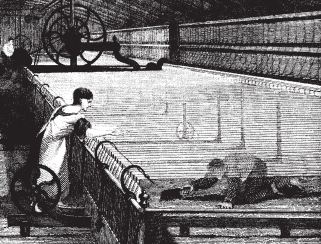
Throughout the duration of the Industrial Revolution, mules scavengers turned into a daily feature of countless textile mills within London. They were essentially little children who gathered cotton, and cleaned the area below the spinning mules (machines utilized to spin cotton into the thread).
The mules would not stop for the children, to avoid being crushed to death the children frequently had to lie low and move very cautiously. A similar job within the mill was that of a piecer, in which he or she had to lean over the spinning mules, and then “piece” together the broken-down strands of cotton.
As cautious as the children were around the machines, accidents sometimes could not be averted. One of the most gruesome accidents recorded, a boy who was only 13 died after his head was entirely crushed by a spinning mule. Also, countless children had fingers, and other body parts were torn off, apparently minor accidents were not worth recording to them.
Apart from the unanticipated amputations, the children as well were prone to suffering psychological damage because of the constant loud noise of the machines. Not only that, the children who worked in the mills suffered from an unusually high rate of respiratory diseases due to the dust and cotton.
Pinsetters
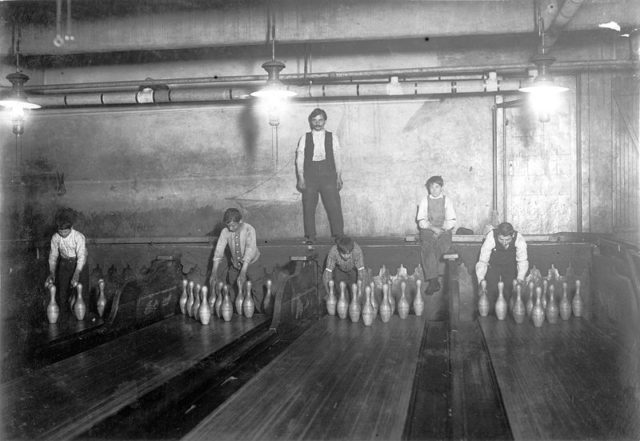
Before automated pinsetters became a mainstay in bowling alleys, the job of putting the pins back in the right spot was done by teenage boys. On paper, being a pinsetter seemed safe and boring enough. However, it was a completely different story out on the lanes.
For one, pinsetters had to be on high alert for pins hurling their way. They to encountered the extremely real danger of a bowling ball being cast towards their faces by the bowlers that were not paying attention to them.
But the pinsetters really had to be cautious of the bowlers who were drunk. Several would purposely target the boys just for a laugh. To avoid harm, a pinsetter had to be agile and light on his feet.
The unfortunate ones who were not agile enough would end up with busted heads and bruised legs. Several were so severely hurt that an ambulance had to be sent to pick them up. If that wasn’t painful enough, they would also have to deal with covering co-workers lanes in the case of their absence. This usually resulted in a pinsetter exhausted from the vigilance required to avoid being hit by bowling balls and pins from every angle.
Crossing Sweepers
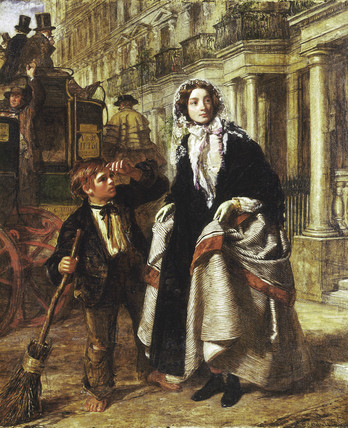
The Victorian Era was not a good time to be a kid. Apart from slaving in the coal mines, children frequently would pick up extra money by working as a crossing sweeper. Their job comprised of cleaning up pedestrian crossings and other sidewalks for rich people in the hopes of receiving a tip.
Apart from the normal fighting for a good spot, children had the humiliating job of cleaning up horse droppings. That was a huge problem that plagued the world’s major cities during that time.
There was a lot of urination and defecation from working horses, and carcasses were a common sight on the streets. All of these supplied good vectors for a range of diseases to which workers were vulnerable.
Some other dangers crossing sweepers encountered were accidents. Horses accounted for countless accidents back then. Collateral damage was also high, and bystanders – usually children, were at risk of being hurt by nervous horses.
Powder Monkeys
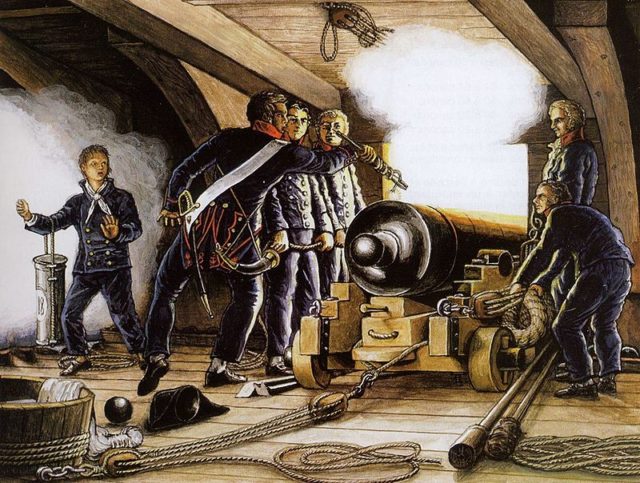
If you have ever seen a battle between two ships in a pirate movie, you would possibly see a massive scene with ships firing an endless stream of bullets and cannonballs. What they do not show is that all this action is thanks to the real life workers known as the powder monkeys.
The duty of powder monkeys was the most underrated jobs on the ship, but without them, they would not have been able to engage in battles. As the name suggests, powder monkeys were commonly young teenage boys who were in charge of transporting gunpowder from the ship’s storage rooms to where it was required.
Powder monkeys had to be especially quick in delivering the gunpowder. Any small delay could cause defeat on their side. They also had to be particularly cautious in handling gunpowder, and keeping it away from the fire.
What with ith dangerous working conditions, powder monkeys were often forcibly recruited by pirates, as they were often reluctant to volunteer. Several did do it of their free will, which often times occurred through the duration of the American Revolutionary War, when young boys either joined the British or Continental Navies.
Chimney Sweeps
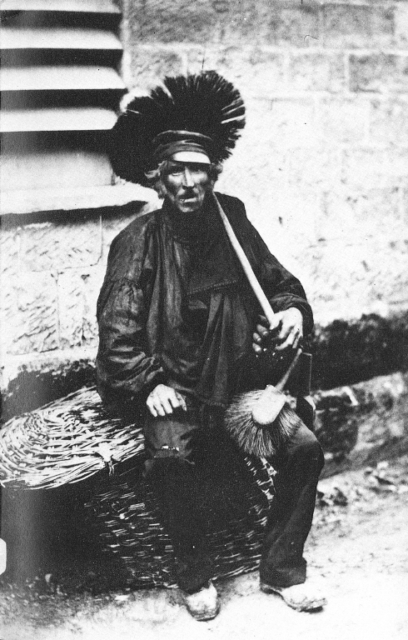
Although chimney sweeps have existed since as early as the 12th century, the occupation achieved infamy between the 17th and 18th centuries in Britain. Due to their tiny size, children were perfect for ascending the narrow flues. Adult chimney sweeps obtained their small novices by buying them from orphanages or their parents, or just kidnapping them.
To guarantee that their person would perform a good job, adult chimney sweeps frequently resorted to extremely questionable methods, they would starve the children to ensure that remained thin. They also had the habit of starting a fire below a child while they were still inside the flue, which was supposed to make them climb up faster.
Many contracted respiratory sicknesses, cancer, and other infections because of the dirt and soot. A few who survived were mentally scarred for life, because of their experiences crawling within dark, confined spaces for a long time. In the year of 1760, a law was passed that attempted to remedy this practice but was widely ignored.
It was only in 1875, after another, more forceful, piece of legislation was passed, that the practice of having children sent up chimneys was in the end regulated.
